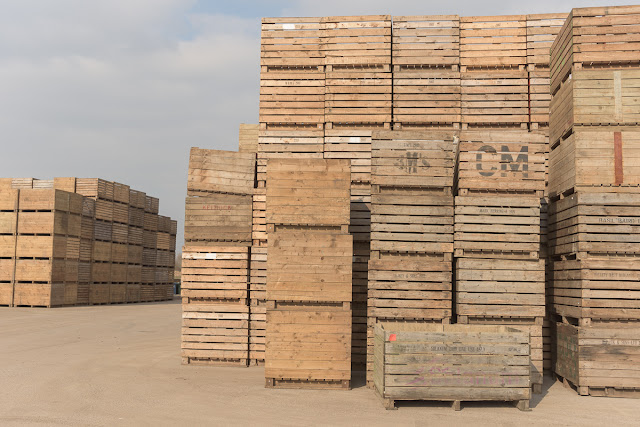I'm beginning to think that this blog is morphing from being a photography
blog to a visual diary of my roamings around the area where I live. It's
certainly reflecting my shift in interest in photography from making stand
alone pictures which aspire to be what could loosely pass for art to pictures
which record what things look like and what goes on.
Listening to Alec Soth's recent
talks about words and pictures on Youtube
I found myelf almost at the opposite end of the spectrum to his seeming desire
for pictures to convey something beyond what they show wntirely without words.
the concept of the photobook is losing its appeal to me. I've mentioned this
before but I don't have much patience with the poetic approach to photography,
even though I do make photographs and zines which could be read that way.
They're too much like hard work for me to read and interpret. Then again I
could just look at teh pictures and let them wash over me in the way that
music does. maybe that's the better way to approach them?
I'm coming round to thinking that the way I want to sue my photographs is
equally balanced with text in a documentary manner. the pictures, however,
being more than illustration of what the text says and the text being more
than a description of what the pictures show. Something like that!
Then I go and take a photograph like the one below. On its own it has some
mystery to it and doesn't appear 'documentary'. Indeed I made it as a picture
to represent what I saw in the way I saw it.
If I explain that it's a view through a hole in the door of an old church
closed up during the Covid pandemic does it's meaning change?
Would it work in a set of pictures of the church and churchyard without that
explanation?
This is probably far too much thinking than is good for me! So does this
picture of a cultivated field scattered with potatoes need an explanatory
caption?
Then there's this photograph of some apparently dumped vegetables for which I
have no words. The were just there in a ditch. Why? How? Those are the
questions which prompted me to make the photograph. Poetic or just plain odd?
It's probably up to whoever looks at the picture to decide.
Same goes for this red tray in a hedge.
There are some pictures which are self-explanatory.
Others which are obvious, and to some extent visually interesting as
formal compositions.
Is it changed when paired with another picture of a related subject?
Sometimes I'm attracted to how things look, the forms of objects, or how
the light plays on a subject.

In isolation that's all the above pictures are. Exercises in picture
construction. Put them together with a text about the potato industry
and they become illustration that maybe provides a sense of place which text alone does not.
A simple composition of harmonious bands of colour. What's going on though? If a viewer is familiar with farming maybe the picture means something different to a committed urbanite?

Without words this is just an arrangement of shape and colour. The inclusion of text in a picture can alleviate the need for explanation. But not in this case.
Another visit to the old pump house saw the site drastically altered. The pictures I took were made to go along with earlier ones to illustrate the changes. Even so I attempted to give them a composition which both showed clearly what had been going on and to make a single frames which could stand alone as both pictures and story.
To me it's plain that this rusty horseshoe had been found during ditch clearing work. Whether the picture makes it obvious to anyone else I don't know.
Are pictures of tractors being followed by seagulls understood by everyone? Would a town dweller think this was ploughing instead of sowing?
My head's starting to hurt with all this thinking. The zine project I'm hoping to get finished in time for the swap is very much in the wordless category. It could be accompanied by an explanatory text, but that would defeat what I have in mind. I want it to make people think for themselves.
If I were to undertake a concerted project about sheep farming, say, then I would rather do it using texts and pictures in a longer book form than a zine. I think that would give a fuller understanding of the subject than a photobook of un-captioned pictures of sometimes obtuse meaning which is how many photobooks seem to be done these days.
No doubt the photobook cognoscenti wouldn't think it was a photobook and would dismiss it even if the photographs were great (greater than I'm likely to manage that is). I take heart in this from books by Fay Godwin and Daniel Meadows which have used text and photographs. They, too, might not be photobooks, but they're the kind of books I find myself returning to. The same goes for the farming books by the Forders. All three have produced books in which the pictures are more than illustrations, making the books more than the usual 'guide to' somewhere or something in which the photographs are formulaic in an editorial way.
Oh well. enough of this nonsense for now. I've been out and taken some photographs which I think will find a place in some of my project files. Mostly without pondering too much on theory and stuff. Sometimes I see something and rattle off a frame or two without thinking too much about framing too!
























































